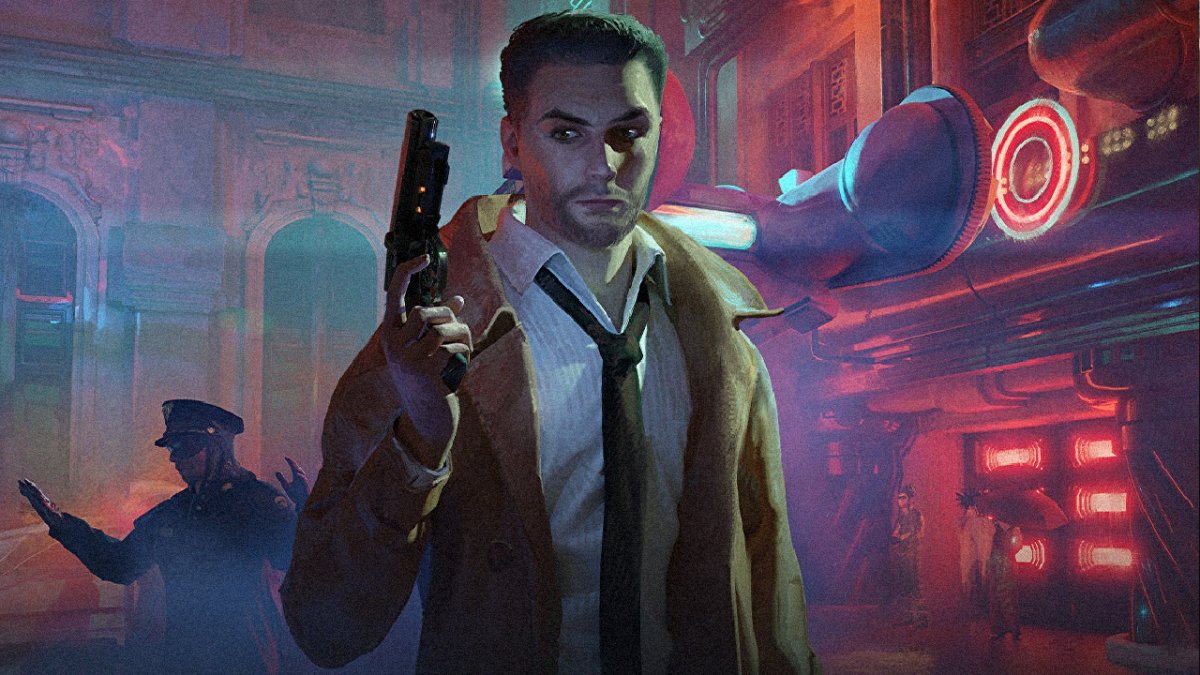Editorial|Editorial
Finnish dance is struggling even harder during difficult corona years.
Finland dance culture has many reasons to celebrate. The National Ballet turns 100, the Dance Theater for Raatiko turns 50, and the Dance House is completed. The coronavirus pandemic, with its heavy restrictions, has treated dance very tightly, but there are great moments in the scene as the scene opens.
Dance has long and fine roots in Finland, and it has always been looked beyond the surrounding area. Influences were first sought from St. Petersburg, then around the world.
The curtain of the National Ballet first opened on January 17, 1922, when the interpretation of ballet master George Gén was performed at the Alexander Theater Swan pondballet. A lot of history was condensed into the work, as the revolution had severed ties with St. Petersburg and the choreography was based on Gén’s recollections of performances at the Mariinsky Theater.
Before the development of recording media, dance was a vanishing art that survived in notes or disappeared with choreographers and dancers. It is therefore moving that the veteran dancers of the National Ballet have kept George Gén’s 100-year-old choreography alive. The work, which looks special in the eyes of the modern viewer, has been preserved with piety, and hopefully it will be passed on to future generations.
Now the pandemic has struck To the swan pond sadly: performances on the main stage have been canceled until March 10th. However, the long-sold-out audience favorite will receive additional performances during the spring season.
Swan pond the gala performance was finally received by viewers as a streaming broadcast at the end of January. Despite the audio problems, the digital premiere was watched by 478,000 viewers. The centenary of the National Ballet at the end of May will not be affected by pandemic restrictions.
The national side of the national ballet sometimes raises questions, as two-thirds of the ballet’s 74 dancers are foreigners. However, it is inevitable if you want to reach the top, because classical ballet requires rare physical characteristics, which are limited in a nation the size of Finland.
Dance industry the long wait for the free field ended when the opening gala of the Dance House was held in Ruoholahti at the beginning of February. The pandemic strangled this celebration as well, as the 700-seat auditorium in Erkko Hall was empty due to corona restrictions. Admittedly, the empty rows of seats were in place in their own way, as they serve as a reminder of the deep hardship in which dancers and other performing artists have been for the past two years.
The idea for the dance’s own house was first voiced by Maggie Gripenberg, a pioneer of modern dance, as early as 1932. The inch came to fruition in 2014, when the Jane and Aatos Erko Foundation promised EUR 15 million in funding for the project, as long as the state and the City of Helsinki committed to it. In the end, the house cost 42 million. Now money should also be found to run the business.
In advance, the House of Dance was a desired center for contemporary dance groups, but it will not be like that due to the lack of training facilities. The program partners of the dance house are well-known actors: Tero Saarinen Company, the new dance center Zodiak, the new circus center Cirko and the Dance Theater Hurjaruuth. It is also good to invite international star guests to a great house.
Dance theater Raamikko started in 1972 in the middle of the political age of culture. The dance group wanted to make a difference to the “elitism” of the ballet. Over the years, the group has been accompanied by five hundred artists, meaning it has been an important employer of dancers. Now Raatikko is facing change, as Marja Korhola, who has long been the artistic director, is making room for Jaakko Toivonen.
The story of Finnish dance is built on big dreams, for which we have managed to work a lot and for a long time. So a foundation has been built from which it is good to push forward.
The editorials are HS’s statements on a topical issue. The writings are prepared by HS’s editorial staff and reflect the magazine principle.
#Editorial #Dance #celebrates #shadow #disease







